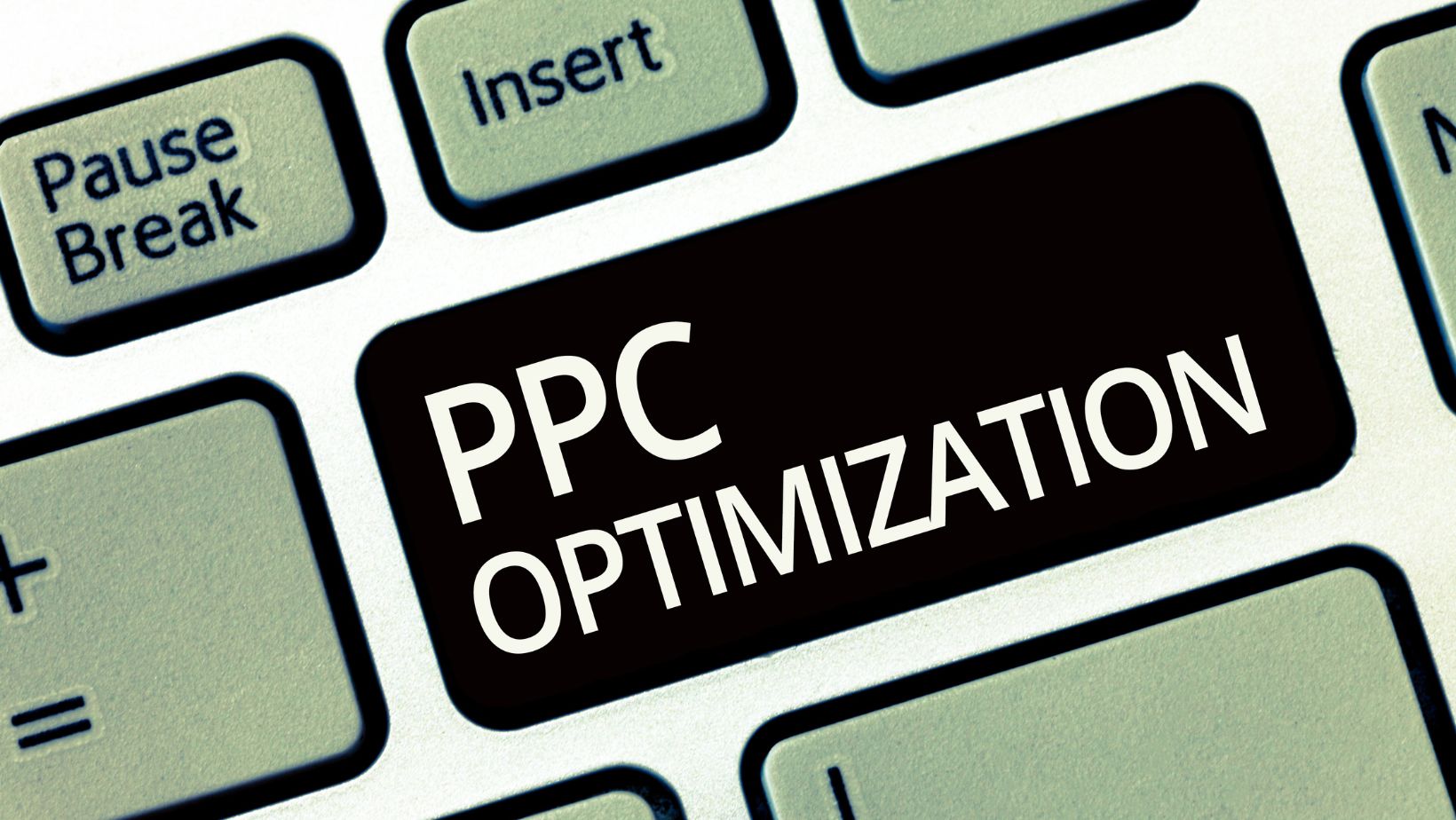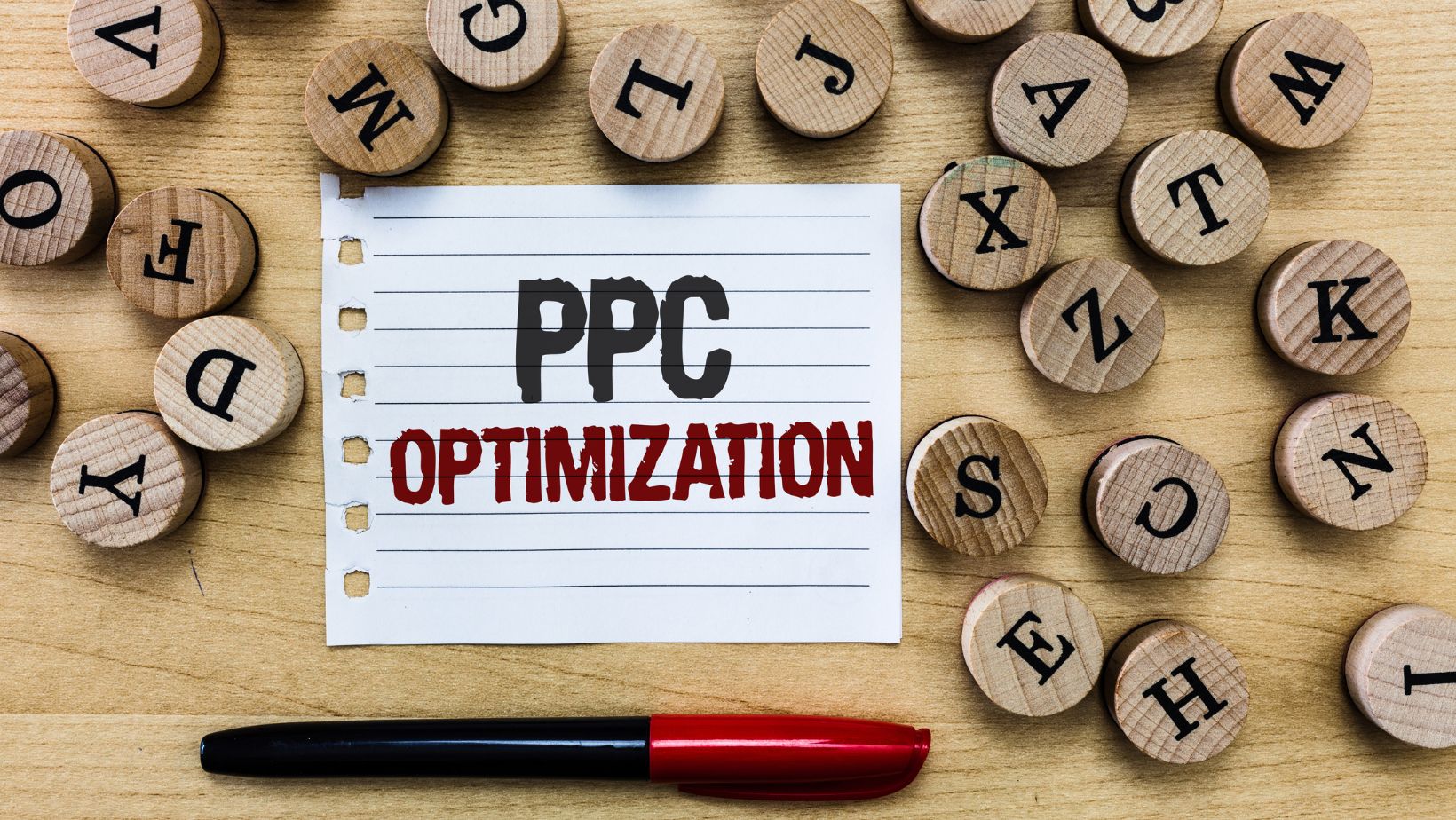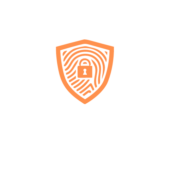
PPC optimization in 2025 is defined by a strategic partnership with AI. The highest-performing campaigns pivot from manual keyword and bid management to a data-first approach, focusing on providing clear conversion signals, high-quality creative assets, and disciplined audience segmentation to guide the algorithms toward maximum Return on Ad Spend (ROAS). Mastery lies in utilizing automated tools to their full potential while maintaining human oversight through robust negative lists and creative refreshes. The result is a substantial reduction in Cost-Per-Acquisition (CPA) and predictable scaling of traffic and revenue.
The Pay-Per-Click (PPC) advertising landscape is constantly evolving, driven by advancements in machine learning and a growing focus on user privacy. In 2025, true PPC optimization is less about tweaking bids and more about strategic data management. These 20 expert tips provide a clear roadmap to transforming your campaigns, ensuring maximum efficiency and sustainable growth in an AI-first era.
Optimizing the Foundation: Data and Campaign Structure
A shaky foundation of poor data or disorganized structure will undermine any optimization effort. Focus here for maximum long-term impact.
1. Implement Value-Based Bidding (VBB)
Shift your conversion tracking to include the actual financial value of each conversion, not just a count. Optimizing for Conversion Value (Target ROAS) instead of volume (Target CPA) tells the algorithm which users are worth more, leading to a higher overall Return on Investment (ROI).
2. Leverage First-Party Data
In the privacy-first era, your customer data is gold. Use Customer Match lists and website visitor lists (remarketing) to create Audience Signals that train the AI to find users similar to your existing high-value customers. This is essential for effective PPC optimization.
3. Integrate Offline Conversions
For B2B or service-based businesses, a lead generated online might not become a sale for weeks. Import back-end sales data (Offline Conversion Tracking) into your PPC platform. This teaches the algorithm to optimize for high-quality leads, not just volume, significantly lowering your final Cost-Per-Sale (CPS).
4. Audit Account Structure for Intent
Ensure your ad groups are tightly themed around a specific user intent (e.g., “blue running shoes” vs. “red tennis shoes”). Tighter themes improve Ad Relevance and lead to a higher Quality Score, which is crucial for lowering CPC.
5. Prioritize Campaign Goals
Clearly define a single, measurable goal for each campaign (e.g., “Leads” or “Sales“). Campaigns trying to achieve awareness, leads, and sales simultaneously are often inefficient. Structure your account based on the sales funnel.
The Keywords and Negative Keywords Strategy
While bidding is automated, control over where your ads appear rests with strategic keyword choices and diligent negative list management.
6. Master the Search Terms Report
This is the most critical manual optimization task. Review the exact Search Terms users typed that triggered your ad.
- Add irrelevant terms as Negative Keywords to stop wasted spend.
- Discover new, high-converting long-tail terms to add as new Exact Match keywords.
7. Build a Robust Negative Keyword Library
Maintain a master list of generic, irrelevant terms (e.g., “free,” “cheap,” “jobs,” “DIY,” “reviews”) at the account level. This is a perpetual PPC optimization guardrail against irrelevant clicks.
8. Strategic Use of Broad Match
In 2025, Broad Match keywords perform well only when paired with Smart Bidding and your strong negative keyword list. Use Broad Match to discover new search queries that you may have missed, then add the performing queries as Exact Match.
9. Focus on High-Intent, Long-Tail Keywords
Target phrases of three or more words that indicate a user is close to conversion (e.g., “buy noise-canceling headphones online”). These long-tail keywords often have lower competition and higher conversion rates.
10. Implement Competitor Keyword Strategy
Create dedicated campaigns to target competitor brand names. While these clicks can be expensive, they capture users already at the bottom of the funnel and provide an opportunity to highlight your unique selling points (USPs).
Ad Copy and Creative Optimization
Your ad copy is the ultimate determinant of your Click-Through Rate (CTR) and Quality Score. Fresh, relevant creative is non-negotiable.
11. Maximize Responsive Search Ad (RSA) Assets
Utilize all 15 headline and 4 description slots in your RSAs. Provide diverse messaging that covers benefits, features, pricing, and social proof. A high Ad Strength rating is Google’s signal that you’ve given the algorithm enough variety.
12. Prioritize Ad Extensions
Ad extensions are free ad space that significantly increases your ad’s visibility and quality. Ensure you use:
- Sitelinks (Deep links to specific pages).
- Callouts (Highlight USPs like Free Delivery or 24/7 Support).
- Structured Snippets (Categorized product/service information).
13. Align Ad Copy and Landing Page Messaging
The headline a user clicks in your ad must be prominently displayed on the landing page.

This is called Message Match and is key to a good Landing Page Experience, reducing bounce rate and increasing conversions.
14. Embrace Creative Refresh Cycles
Ad fatigue is real. Regularly introduce new headlines, images, and videos (especially for Performance Max and Demand Gen campaigns) to keep your creatives fresh and engaging, maintaining a high average CTR.
Bidding and Budget Control
With automation dominating, these tips focus on feeding the machine the correct limits and signals.
15. Use Bid Adjustments for Context
Apply Bid Adjustments based on conversion data for specific contexts:
- Geographic: Bid higher in areas with better ROAS.
- Device: Adjust bids based on the conversion rate of mobile vs. desktop users.
- Time of Day (Dayparting): Increase bids during peak conversion hours.
16. Incorporate Seasonality Adjustments
For predictable spikes in demand (e.g., Black Friday, holidays, industry-specific events), use Seasonality Adjustments to notify the Smart Bidding algorithm of upcoming short-term conversion rate changes, allowing it to bid aggressively at the right time.
17. Don’t Fight the Automation
Once you set a Smart Bidding strategy (tCPA or tROAS), avoid frequent, drastic changes. Allow the algorithm at least 1-2 weeks and enough conversion volume to learn before making small, incremental adjustments (max 10-15%).
Conversion Rate and Landing Page Optimization (LPO)
The final step in the funnel is the most crucial: turning a click into a customer.
18. Optimize for Mobile-First Speed
With most PPC clicks coming from mobile, your landing pages must load in under 3 seconds. Use tools like Google PageSpeed Insights. A fast, clean Mobile Landing Page is non-negotiable for low CPA.
19. Implement Rigorous A/B Testing (CRO)
Continually test elements on your landing page to increase your Conversion Rate. Test major elements like:
- Headlines and Value Propositions.
- Call-to-Action (CTA) button text and color.
- Form length and placement.
20. Align Landing Pages with Funnel Stage
Use different landing pages based on the user’s intent. A user searching for “product pricing” should land on a page with a simple quote form, while a user searching for “product reviews” should land on a page with detailed information and social proof. This deep alignment drives superior PPC optimization.
